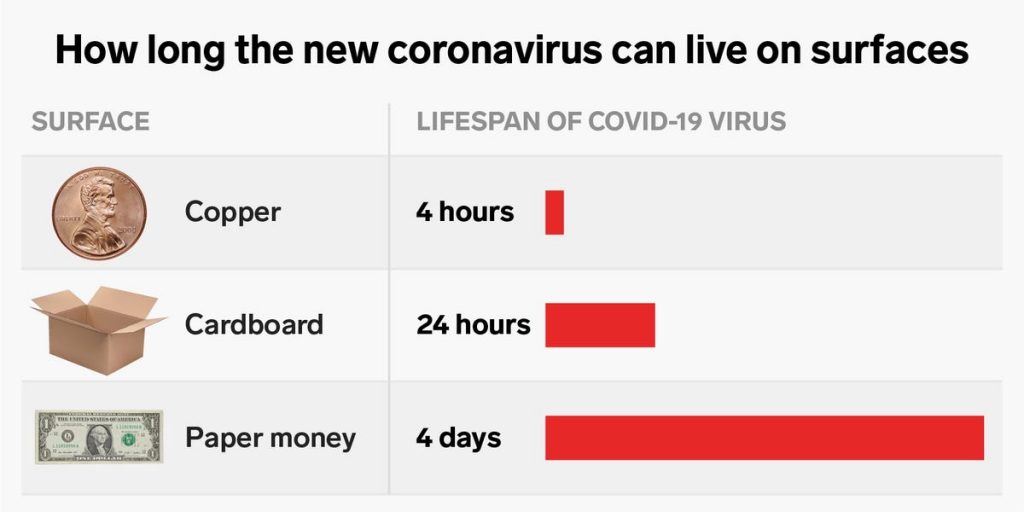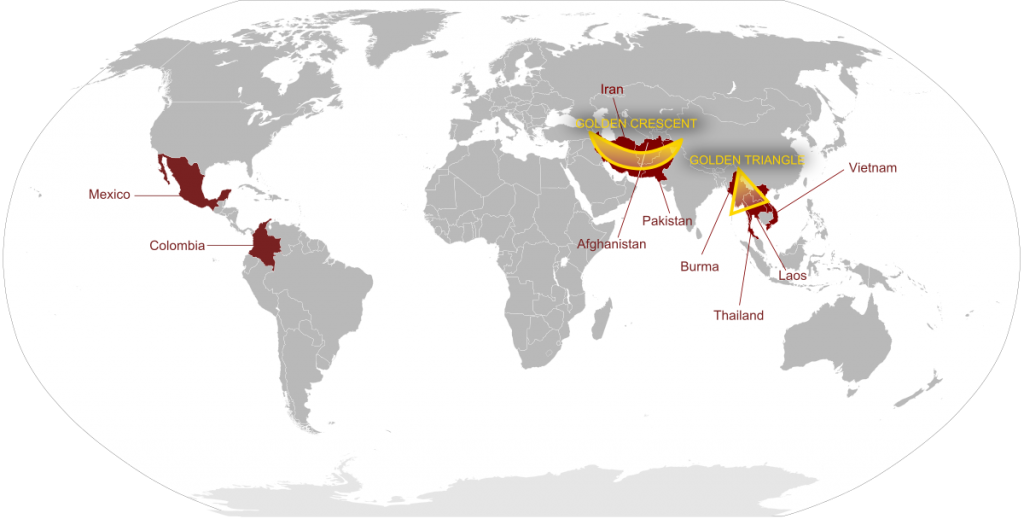Contents
- PLA pulls back from Galwan clash site
- 1.4 lakh families reach MGNREGA’s annual work limit
- Coronavirus is airborne
- Negligence to blame for styrene leak
- Opium seizures
PLA pulls back from Galwan clash site
Focus: GS 2: International Relations
Why in news?
Three weeks after the worst military clashes in decades, India and China have begun the process of disengagement at contentious locations along the disputed Line of Actual Control (LAC)

More about news
- In the Galwan Valley, Chinese troops have shifted 2 kilometres from the site of the June 15 violent clashes while some tents had been removed by the PLA in the Finger 4 area of Pangong Tso
- first the de-escalation would take place at all the friction points Galwan, Pangong Tso, Hot Springs and then “depth areas” such as Depsang plains
Pangong Tso issue
- Pangong Tso is one of the most contentious areas of the current standoffs,
- PLA moved about 8 km inside up to Finger 4. India’s claim is till Finger 8 as per the alignment of the LAC
What caused the disengagement of troops?
As part of an understanding reached during the June 30 Corps Commander level talks
What led to the current situation?
- In 2017, India and China agreed to amicably resolve the Doklam standoff that lasted for more than two months. No blood was spilt then.
- Barring occasional joint statements issued with leaders from the U.S. and Asia-Pacific countries, reasserting India’s commitment to “freedom of navigation”, India has stayed away from criticising China on controversial topics.
- One argument is that China’s move is driven by local factors such as India’s infrastructure upgrade and its decision to change the status of Jammu and Kashmir and Ladakh.
- There is a clear shift in Chinese foreign policy post the COVID-19 outbreak.
- This is seen in China’s rising tensions with the U.S., its threats against Taiwan, repeated naval incidents in the South China Sea, and a new security law for Hong Kong. The tensions along the LAC are part of this shift.
1.4 lakh families reach MGNREGA’s annual work limit
Focus: GS 2: Schemes related to vulnerable sections, Social Justice
Why in news?
At least 1.4 lakh poor rural households have already completed their quota of 100 days of work under the Mahatma Gandhi National Rural Employment Guarantee Act (MGNREGA) in the first three months of the year, and will not be eligible for further benefits under the scheme for the rest of the year
More about news?
Another seven lakh households have completed 80 days and are on the verge of running out of work
Impact of COVID 19 lockdown
Following the lockdown, India witnessed an exodus of jobless migrant workers from cities to rural areas with the workers turning to MGNREGS for earning their livelihood.
Importance of MGNREGS ?
- The Mahatma Gandhi National Rural Employment Guarantee Scheme (MGNREGS) is meant to enhance the livelihood of the rural populace by guaranteeing at least 100 days of employment within 15 days of raising a demand, to every household wherein the adult members perform unskilled manual labour.
- The COVID 19-induced lockdown resulted in loss of livelihoods for millions of workers in cities and forced them to return home in rural areas.
- With an allocation of ₹40,000 crore, as a part of the stimulus package to MGNREGS, the government hopes to increase employment generation in rural areas.
- The MGNREGA scheme contains a provision for districts affected by drought or other natural disasters to request an expansion of the scheme to allow for 150 days

Demand for MGNREGS works
- The scheme is often viewed as a means for employment in rural areas during the lean period of agricultural activity.
- Therefore, demand for work generally peaks in May-June, before it declines during the main kharif cropping season.
- Currently, the demand is even higher, since it is not just the landless agricultural labourers, but also migrants seeking work.
- The demand for MGNREGS work jumped by 55% from 21.2 million workers in May 2019 to 32.9 million in May 2020.
- The 116 districts, with the highest number of returnees, have witnessed 86% increase in demand under MGNREGS in May compared to 2019.
What are the concerns regarding the scheme?
- Most states have implemented the scheme, till the time the funds were granted to them by Centre. The restricted supply of funds is one of the major pitfalls of the scheme.
- Often the promise of 100-day employment phases out within 50-55 days, wages remain uncleared even after 15 days, and many get denied work.
- MGNREGS wage of ₹202 per day is also 30-40% lower than average wage offered to unskilled workers.
How is the govt’s Garib Kalyan Rojgar Abhiyaan (GKRA) any different?
- The Centre launched the scheme to boost opportunities for migrants returning to villages.
- It seeks to provide 125 days of guaranteed employment and focuses on 116 districts across six states, which received the highest number of returnees.
- Unlike MGNREGS, it is a one-time scheme and is not available pan-India.
- The move was criticized because MGNERGS has suffered budget cuts and has often lagged.
- There also seems to be lack of clarity around scheme coverage.
AIRBORNE TRANSMISSION OF CORONAVIRUS
Focus: GS3: Science and Technology
Why in news?
In an open letter to the World Health Organization (WHO), 239 scientists in 32 countries have outlined the evidence showing that smaller particles can infect people
What needs to change now?
- Airborne transmission is a significant factor, especially in crowded spaces with poor ventilation, the consequences for containment will be significant.
- Health care workers may need N95 masks that filter out even the smallest respiratory droplets as they care for coronavirus patients
- Ventilation systems in schools, nursing homes, residences and businesses may need to minimise recirculating air and need filters
- Ultraviolet lights may be needed to kill viral particles floating in tiny droplets indoors
What was the earlier belief?
WHO has long held that the coronavirus is spread primarily by large respiratory droplets that, once expelled by infected people in coughs and sneezes

The evidence of Corona virus spreading through air requires us to reorient our strategies to tackle the deadly pandemic. Out containment zones, use of masks and sanitizers and social distancing needs to enhance in – order to maintain good health.
Negligence to blame for styrene leak
Focus: GS3: Disaster Management
Why in news?
- The disastrous leak of a toxic chemical that had killed several people and left hundreds sick near Visakhapatnam in Andhra Pradesh was said to be a result of negligence
More about the gas
- Styrene, the chemical involved is included in the schedule of the Manufacture, Storage and Import of Hazardous Chemical Rules, 1989.
- The rules lay down strict norms on how it should be handled and stored.
What should be done now?
- The Andhra Pradesh government must focus on the medical needs of those who have been grievously affected by the gas leak and provide compensation
- Solatium payments and compensation for the victims and families are important, but so is access to the highest quality of health care for the victims.
- This is also a warning for industries across India that are going to reopen after the long lockdown and safety of industrial chemicals requires continuous watch, with no scope for waivers.
- As India aims for a wider manufacturing base, it needs to strengthen its approach to public and occupational safety.
- Transparent oversight is not a hurdle to industrial growth.
- It advances sustainable development by eliminating terrible mistakes.
Opium seizures
Focus: GS3: Internal Security and Challenges
Why in news?
The fourth highest seizure of opium in 2018 was reported from India, after Iran, Afghanistan and Pakistan, according to the latest World Drug Report of the United Nations Office on Drugs and Crime (UNODC)
More about news
- The maximum of 644 tonnes of opium was seized in Iran, followed by 27 tonnes in Afghanistan and 19 tonnes in Pakistan. In India, the figure stood at four tonnes in 2018
- Again, Iran reported the highest seizure of heroin (25 tonnes), followed by Turkey, United States, China, Pakistan and Afghanistan.
- Myanmar, which accounts for 7% of the global opium production, and Laos, where 1% of the opium is produced, it is supplied to east and southeast Asia and Oceania
How is Heroin manufactured
Heroin is manufactured from the morphine extracted from the seed pod of opium poppy plants.
Golden crescent
- The Golden Crescent is the name given to one of Asia’s two principal areas of illicit Opium production , located at the crossroads of central, south and western asia.
- This space overlaps three nations, Afghanistan, Iran and Pakistan whose mountainous peripheries define the crescent.

Golden triangle
The Golden Triangle is located in the area where the borders of Thailand, Myanmar and Laos meet at the confluence of the Ruak and Mekong Rivers. Along with the Golden Crescent, it is regarded as one of the largest producers of opium in the world since the 1950s until it was overtaken by the Golden Crescent in the early 21st century.
Thank you!





